It was a place where inhumane horrors were committed.
In the historic French Quarter of New Orleans, if you go to the intersection of Royal and Governor Nicholls streets, you will finally arrive in front of the LaLaurie Mansion.
This magnificent three-story structure, which was constructed in 1831 for Marie Delphine Macarty LaLaurie and her husband, Dr. Louis LaLaurie, encompasses a total area of 12,000 square feet and incorporates a dark past. Some of the most sad and terrible occurrences that took place inside the notorious house are detailed in the following paragraphs.
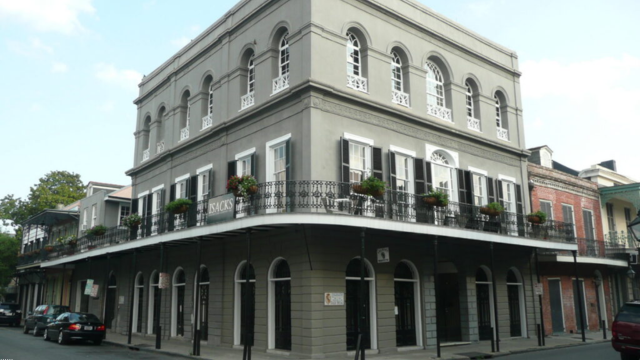
This is the LaLaurie Mansion.
1140 Royal Street is the address of the LaLaurie Mansion, which is located in the French Quarter in New Orleans. The structure, which is three stories tall and was constructed in 1831, is an example of the Federal style of architecture, as it features curving windows and balconies made of iron.
A member of the National Register of Historic Places since 1974, the mansion encompasses a total area of 12,000 square feet across its entirety. Even after being rebuilt in 1837 following a devastating fire and an attack by an irate crowd, the structure nevertheless retains a significant amount of its original appearance.
The Socialite Who Is Both Cruel and Murderous
One of the most terrible individuals in human history resided behind the expansive walls of the mansion.
This is Madame Delphine LaLaurie. The year 1787 marked the birth of Marie Delphine Macarty, who was born into a prominent New Orleans family. While she was doing terrible things to people who were enslaved, she married three times by the time she was 38 years old and maintained her high social rank.
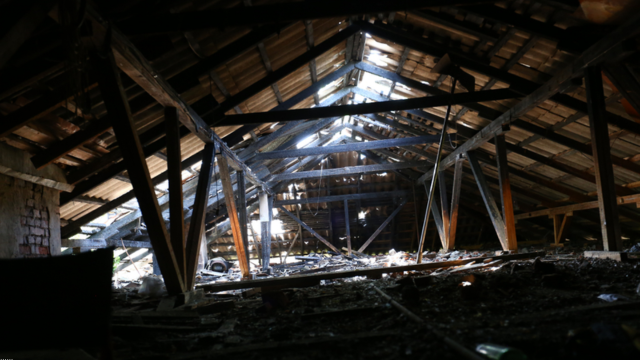
According to the archives, twelve persons passed away at her residence between the years 1830 and 1834. After her misdeeds were exposed in the infamous fire that occurred in 1834, she fled to Paris, where she passed away in 1849 at the age of 62.
Torture was discovered in the attic after a fire in 1834.
On the 10th of April in the year 1834, a catastrophic fire that occurred at the LaLaurie home demonstrated the horrifying torment that would forever be remembered in New Orleans. One of the enslaved cooks, who was 70 years old and chained to the stove, attempted to take her own life rather than face additional punishment, which led to the fire.
People broke down doors after the LaLauries refused to let them in, and when they did so, they discovered seven slaves who were severely injured and hanging by their necks in the attic. In addition to displaying symptoms of horrible abuse, the victims wore collars made of barbed iron metal.
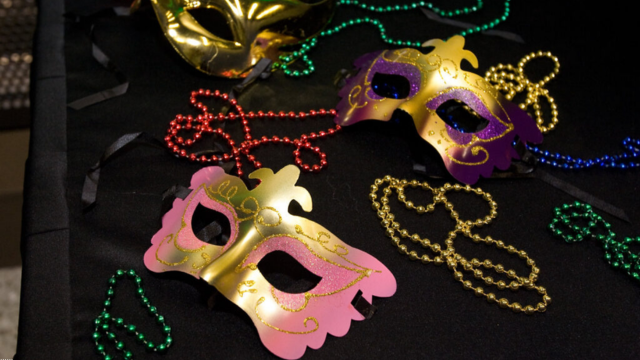
At the same time that a furious crowd burned the most of the mansion, leaving only its walls remaining, as many as four thousand people paid a visit to the jail to witness the released slaves.
On that particular evening, Madame LaLaurie’s party was not halted by the fire.
During the time that dreadful things were taking place in the subterranean rooms above the LaLaurie mansion, the grand halls were filled with extravagant festivities. Rich individuals from New Orleans frequently resided in the 12,000 square foot home, and they danced away without being aware of the pain that was occurring behind the hefty oak door.
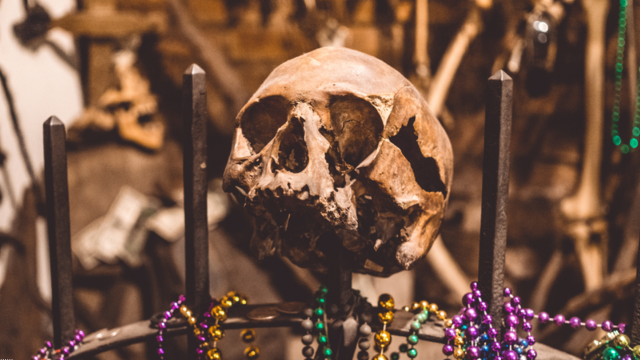
In spite of the fact that the slave quarters were destroyed by fire in 1834, the party continued with musicians playing in the street where it was taking place. The truth of what the LaLauries were up to was not revealed to the public until the visitors who were concerned forced their way upstairs.
Leah, who was 12 years old at the time, met a tragic end at the LaLaurie Mansion.
The tragic occurrence that occurred in the mansion was caused by a hairbrush belonging to a small girl. An enslaved girl named Leah, who was twelve years old at the time, was working for Madame LaLaurie in 1833. While she was combing her mistress’s hair, she accidently ripped it out.
After becoming enraged, LaLaurie proceeded to use a whip to pursue the terrified toddler throughout the estate. An attempt was made by Leah to evade punishment by running to the roof. Her ultimate act of desperation was to commit suicide by jumping to her death. The body of LaLaurie was laid to rest on the grounds of the home.
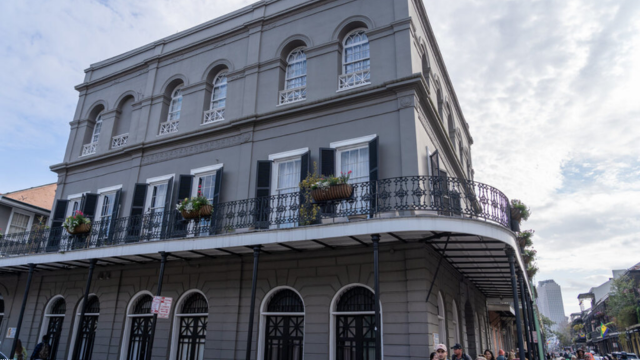
As a result, an official investigation was conducted, and LaLaurie was determined to be responsible for brutal abuse and was required to hand over nine persons who were held as slaves.
Horrors of Surgical Procedures and Mutilations
Victims of the terrible medical experiments conducted by Dr. Louis LaLaurie were also housed in the LaLaurie home. One individual had been transformed into a human “caterpillar” by having their limbs and skin removed, while other individuals had undergone primitive sex change procedures or operations.
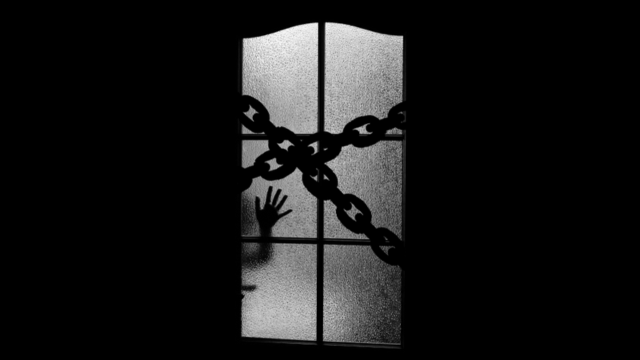
Bottles of blood, victims with holes drilled in their skulls left for maggots, and people whose faces were carved to look like gargoyles were some of the items that were found in the torture room as evidence of the regular cruelty that was committed there. In many cases, shattered bones were repositioned at an angle that was not correct.
Some of the Most Haunted Locations in the United States
Since the revelation of its terrible history in 1834, the LaLaurie Mansion has gained a reputation as one of the most haunted structures in the United States. Ghost stories have been reported about the building for almost two centuries.
People frequently report seeing a woman with red hair, who is believed to be Madame LaLaurie herself, as well as the ghost of a Black guy who is chained up, coming from the windows.
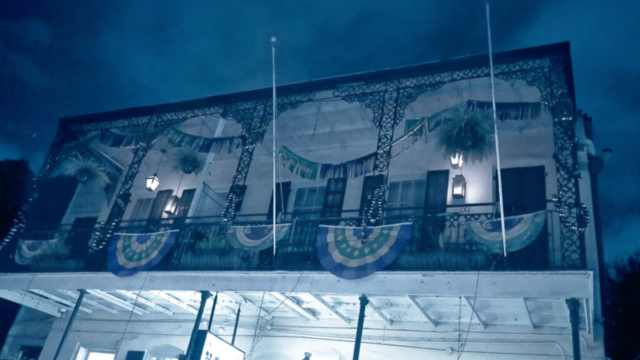
As people inside the mansion walk near it, they feel unexpected cold patches and invisible hands caressing them. Ghost hunters have captured strange voices on tape and ghostly figures in photographs. In addition, ghost hunters have photographed ghostly figures.
A Cursed Ownership Belonging to Nicolas Cage
Nicholas Cage, a well-known actor, purchased the LaLaurie Mansion in 2007 for the price of $3.4 million. He did it because he was fascinated by the mansion’s eerie past and he desired to write “the great American horror novel.”
The actor was only there for a short time. He only slept at the mansion for one night before moving to a rental property across the street. He was terrified by the weird sounds and frightening events that occurred during his time there.
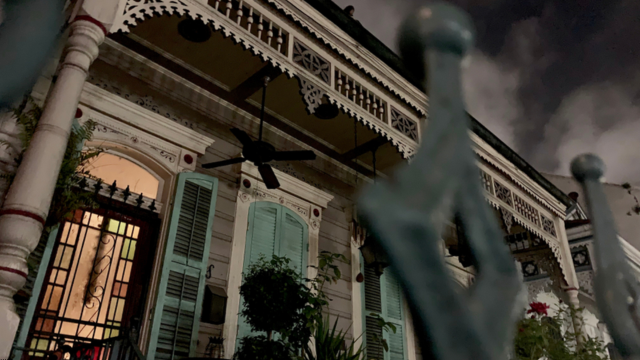
Subsequently, Cage encountered financial difficulties, and by 2009, he had lost the mansion because he was unable to pay his bills. Several neighbors believe that the curse that was placed on the estate was the cause of Cage’s unfortunate events, and Regions Bank purchased the property at auction for $2.3 million.
The LaLaurie Mansion is not accessible to the general public.
Since 1932, the magnificent LaLaurie Mansion has been off-limits to guests and tourists alike.
It has been owned by a private oil tycoon from Texas since the year 2013. While housekeepers are responsible for maintaining the mansion’s eight bedrooms and luxurious chambers, which include a wine cellar and double parlors, among other amenities.
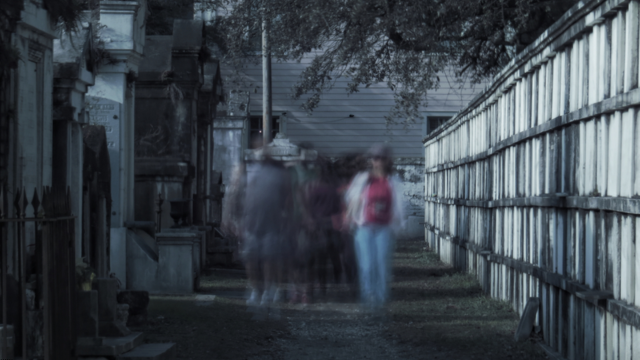
No one, not even ghost hunters, is allowed inside. At Royal and Governor Nicholls Streets, visitors can only take pictures from the outside and listen to stories from tour guides who have gathered there. Photo opportunities are limited.
The French Quarter is home to a number of ghost tours, one of which being the LaLaurie Mansion.
Each and every evening, ghost tours gather at the intersection of Royal and Governor Nicholls Streets. There, tour guides share terrifying tales about the dark history of the LaLaurie Mansion.

These well-liked tours, which became even more popular with the release of “American Horror Story: Coven,” displayed the estate and combined historical accounts with ghost stories. Tours frequently visit other haunted spots in the French Quarter, providing you with the opportunity to experience the scary history of New Orleans.
Landmarks in the Neighborhood of the LaLaurie Mansion
A number of New Orleans’ most cherished historic sites are within walking distance of the famed LaLaurie Mansion, which is located in the vicinity of the mansion.
Royal Street is a popular destination due to the presence of numerous antique shops, art galleries, and stunning houses from the 1800s that include iron balconies. There is a National Historic Landmark located just a few blocks away, and it is Jackson Square. This square is home to the well-known St. Louis Cathedral as well as local artisans.
Fans of music may experience authentic New Orleans jazz at Preservation Hall, which is located on St. Peter Street. Bourbon Street, which is well-known for its jazz clubs, historic buildings, and Creole restaurants, is also a great place to visit.